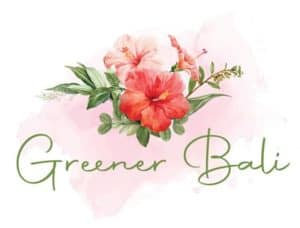The Puri Lukisan Museum on Jl. Raya Ubud is set amidst ponds with lotus flowers in a garden with tropical flowers and Balinese statues. Puri Lukisan means ‘Palace of Paintings’. In this case the name says it all.
The museum has an exceptional selection of modern paintings and drawings dating from the 1930s till the present day. They also show wood carvings and statues.
These works of art are displayed in chronological order. So you can easily follow all of the changes in the different painting styles throughout the years.
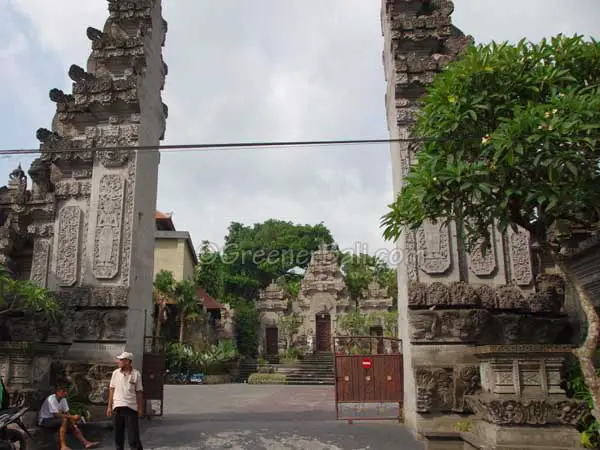
The oldest art museum of Bali is made of three buildings
This building has a permanent collection of artworks from the
– Wayang Style (old religious style following many rules)
– Paintings by I Gusti Nyoman Lempad (Bali’s famous artist)
– The Periods of the Pita Maha (influenced by foreign painters)
Building II has a permanent collection with
– The Young Artists Style (naïve, childish style encouraged by Arie Smit)
– Modern Traditional Balinese Paintings
Building III is open during temporary exhibitions only.
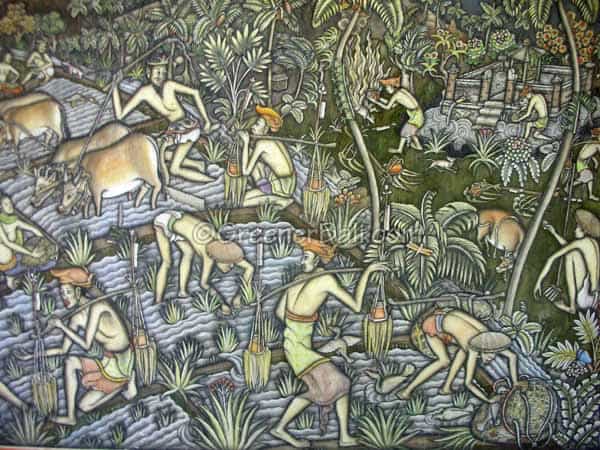
The Pita Maha Group
The Dutch artist, Rudolf Bonnet has played an important part in founding the museum.
He came to Ubud in the 1930’s and influenced together with the German artist, Walter Spies the local painters of Ubud. A new era was born and their style is called the Ubud Style.
Together with Tjokorda Gde Agung Sukawati, his brother Tjokorda Gde Raka Sukawati and I Gusti Nyoman Lempad they founded the Pita Maha group in 1936.
They stimulated local Balinese painters in using new techniques and tools. The Pita Maha group also represented Balinese artists and their works in overseas markets. The group also provided a regular forum for local artists to share inspiration and discuss matters related to their works. It was a huge success.
The local Balinese painters switched from using basic colours and religious epics from the Mahabharata and Ramayana to scenes of everyday Balinese life. Something they had never done before.
The creation of the Puri Lukisan Museum
The Pita Maha group ceased to exist after WWII. However a foundation called the Yayasan Ratna Wartha was created by Tjokorda Gde Agung Sukawati (the Prince of Ubud) together his close friend Rudolf Bonnet in 1952.
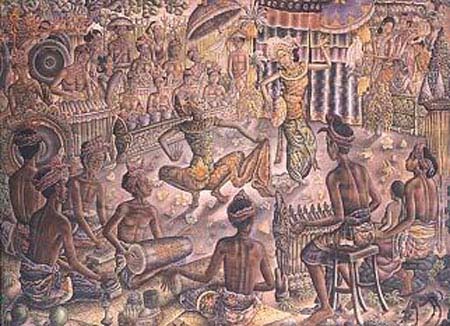
The foundation was created to carry out the ideas and uphold the rules of the Pita Maha group. They did this by founding the Puri Lukisan in the same year.
If you have some time left after visiting the buildings, take a seat on any of the benches in the gardens and enjoy the fantastic garden with its statues. T
his is what Ubud is all about…
Otherwise you can head over to the small book store. Here you can find some postcards or calendars of the various paintings on display.
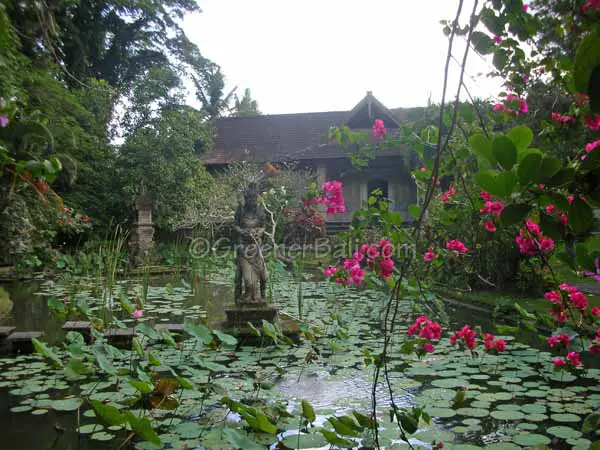
Next to this book store you’ll find a Bali Aga man (original inhabitant of Bali) from Tenganan village. He is there on certain days of the week. You can see him draw the drawing famous Balinese calendars on lontar leaves. He loves to show you how it works and what it all means.
By the way, photography with flash equipment is not permitted inside the museum because it can damage the paintings.
The museum is open daily from 9 am to 6 pm and the entrance fee is Rp50.000.
